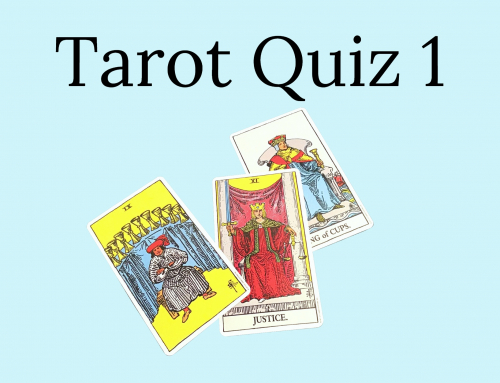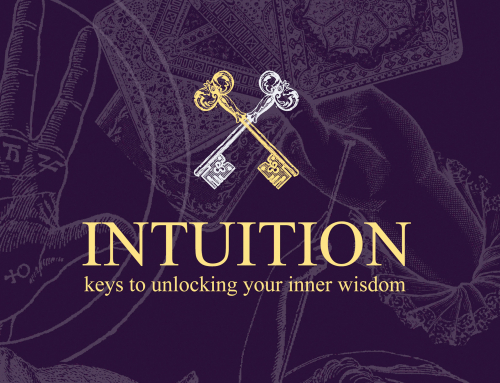You’ve read the ‘how-to’ book, now attend the workshop. Why should you attend a workshop if you’ve already read the book? It’s a question I often ask myself. Occasionally people phone me to say “I’m reading your book and . . . at which point I interrupt them with “Are you completing the exercises in the book?”
The reply is often “No, I’m reading it through first and then I’ll do the exercises.”
Perhaps it’s just because I’m methodical, but I believe that the likelihood of a reader returning to the exercises after completing a ‘how-to’ book are slim indeed. Without the exercises the book is interesting, perhaps even inspirational but not very likely to effect any lasting change in the readers’ life or their behaviour patterns.
Self help books offer us the chance to benefit from the skills, knowledge and experience of someone else, and sometimes the opportunity to apply those skills to our own lives through simple exercises. The initial desire for knowledge, for change or for self transformation is sufficient motivation for us to seek out and purchase a book which promises to deepen our understanding or to help us to change our lives. Reading the book can give us a sense of relief that someone understands what we are going through. Discovering which techniques worked for the author can inspire us to attempt to change our own lives for the better.
Written exercises offer the reader the chance to apply the theories directly, to test them; often without taking big risks. Written exercises also slow the reader down however, and the desire for ‘the secret’ can make readers impatient. By ignoring the exercises, the readers risk stepping over the essence of the technique in their bid to complete the book.
This was the case with Trent, who sought my assistance with relationship patterns after reading Finding Your Soul Mate. At our first meeting we sat together and I asked him a few simple yet challenging questions such as “What do you seek from love relationships?” Trent paused, glanced at the floor and pondered aloud.
“A partner. Someone to love, who loves me. A break from the loneliness. Someone to share the good times . . . and the bad.”
“Have you found these things you have sought in previous love relationships?” I followed. “At first, yes. But after a few months the same rot sets in and in the end I feel like I’m on a merry-go-round.”
“So you’ve stated that you seek a partner. Someone to love who loves you too. You want a break from the loneliness and someone with whom you can share the good and the bad times. Is that right?”
“Yes, that’s it.”
“And what have your past relationships been like? Is there a common theme? Is there a familiar pattern to them or are they markedly different from one another?”
“No,” he sighed. “They are pretty much the same as each other.”
“So what are they like? How would you describe them, in broad brush strokes?”
He shuffled uncomfortably as he remembered, his short, bitten fingernails digging into the back of his hand. “They start with me standing back, not trusting at first. Then I grow to trust and open up to her. Then she says that she feels crowded and she bolts. That’s about it really.”
“So at any point do you experience being with someone who loves you? Do you experience a break from the loneliness?”
“No. It’s tricky.”
“How is it tricky?”
“There’s a period where they hassle me to open up more to them. At the point when I’m ready to open up, they seem to give up.”
“And over the past 15 years, how many love relationships have you commenced?” Trent thought for a while before answering.
“Six.”
“And of these six love relationships, has the pattern always been the same, or have you experienced a deepening of your relationship with any of those partners?”
“No, it’s been much the same.”
“Have you changed in the past 15 years?”
“I haven’t thought about it really?”
“You haven’t thought about it?”
“No.”
“Are you aware that these questions were contained in exercises in the Soul Mates book you have just finished reading?”
“No. I don’t remember them.”
“Did you complete the exercises in the book?” I asked, trying not to sound like an alert school teacher.
“Er, no. I was going to go back to them, but I must have forgotten,” he mumbled. I knew by his mumbling that I was probing too sternly so I relaxed slightly.
“What do you feel you bring to a love relationship? What do you offer a potential partner?”
“I don’t know really.”
At this I reached for a copy of my soul mates book. I realised that Trent hadn’t completed the exercise entitled “What do I offer a love relationship.” I read the exercise aloud and we completed it together. I was filled with a sense of conflict, having to read aloud an exercise at over $1 per minute to someone who had already read the book.
I began to puzzle as to why some people can read one of my books, complete the exercises and apply the knowledge to their circumstances to great effect while others read the same book and the application of the theories eludes them. I know first-hand that all of the exercises included in my books work, because I test them on myself, with clients and in courses. It can take six to twelve months to fine-tune an exercise so that it is simple, effective and easily completed, but still this written method doesn’t reach some readers.
The alternatives are that I might produce videos, DVDs or other visual versions of the books for the visual types, but I suspect that this will not take care of everyone. I guess some people like to be guided through an exercise, and if this is so, I’ll be teaching for the rest of my days. It’s just as well, for I love teaching.
I’m capable of reading a book, applying the theories and changing my life, so I find most workshops based on books a waste of time. Why would I spent up to $750 re-learning what I picked up from the book upon which the course is based? This is not the case for everyone it seems. To be fair, each time I conducted a Soul Mates course it has been different from the previous course, because those participating are different.
A case in point is my introductory tarot course. I run two or three of these each year and in some courses the students bond and become firm friends whereas during other courses they leave at the end of the course with no intention of ever seeing one another again. As a teacher I’m there to conduct a tarot course, but in reality, I have no idea of the deeper reasons why particular students are attending. In some cases, neither do the students until after the course.
As readers, we have more demands on our time than ever before, more books to read and perhaps longer working hours. Taking time to complete exercises can double the time it takes to read a book but I believe that real change is worth the effort.
A recent television documentary on the book industry in the US stated that 140,000 new books will be published in the US this year. That’s 2,692 books per week, some of which contain exercises to be completed. Ignoring all the fiction books, the food, gardening and lifestyle books, let’s concentrate on the self help category.
In the case of self help books, people read them to gain knowledge or to discover how to change their lives. Whether a book will change your life may well be determined by how ready you are to change at the point you read the book. In our pressured lives, self help books offer us a chance to glimpse a new way of being, in a chapter which can be read between three bus stops on the way to and from work each day.
In the end, beyond all the searching, reading and the completion of the exercises, you have to be ready to act on your newfound knowledge or your beliefs. Success is in the doing, not the theories. Those who have climbed mountains before you may give you knowledge, methods and even courage, but in the end you climb the mountain or you don’t. If you climb the mountain you might choose to write a book of the journey afterwards, and if you don’t want to climb it, you might choose instead to stand in line and have the book signed by the climber.
This is one of the reasons I veered away from creative writing courses and writers’ conferences. I didn’t want to hear how difficult writing can be. I didn’t want to pick up any bad habits, such as writer’s block, staring down a blank page or learning about the pain of discovering your voice as a writer. I simply wanted to write. I figured that afterwards I could review the work and decide if it was any good. I’m not suggesting that there aren’t any good writing courses out there, just that I prefer to learn by doing.
Many of us are searching for ways to improve our lives, and books are an excellent and inexpensive way to discover new approaches to life. Books which include exercises can strengthen our working knowledge of the theories and assist us in the pursuit of better lives; if we complete the exercises.
I have a friend who always completes exercise in books she reads, and in the past three years I’ve watched her change, grow and blossom, as a result of the new ideas she has learned from the books she’s read. “They’re not put there for decoration,” is how she puts it.
I’ll get off my soap box now, and complete an exercise I’ve been road-testing, or perhaps instead I’ll exercise a little humility.




